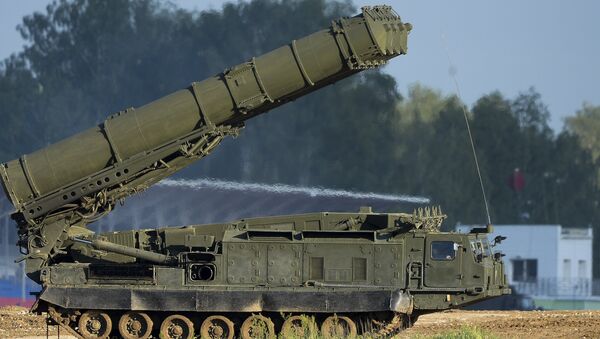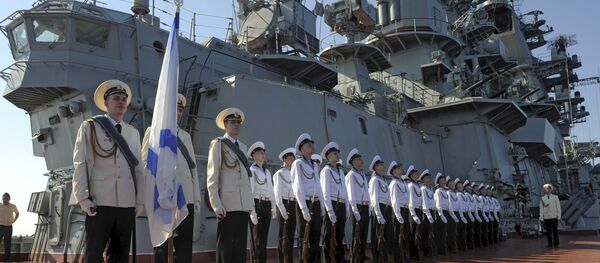The military expert pointed out that both advanced air defense systems have been installed in Syria in the most basic configuration possible. In other words, the capabilities of the S-300V4 and the S-400 deployed to Syria are largely limited, meaning that the systems have been ostensibly stationed in the war-torn Arab country to send a message.
The Russian Ministry of Defense, Khodarenok said, expects that a limited deployment will "sober the West up" and Moscow will not have to send additional defense complexes to Syria.
The Russian military "has all the capabilities to drastically increase the operational strength of its air defense forces in Syria," the analyst noted. "Moscow is currently merely demonstrating its capability to push back a potential adversary. Earlier, the lack of this prospect to a certain extent spoiled our potential partners."
Last week, the Russian Ministry of Defense confirmed that the S-300V4 (NATO designation SA-23 Gladiator) was deployed to Tartus. The system is meant to track and intercept short- and medium-range ballistic missile, aeroballistic and cruise missiles, as well as fixed-wing aircraft, ECM (electronic countermeasure) platforms and precision-guided munitions.





